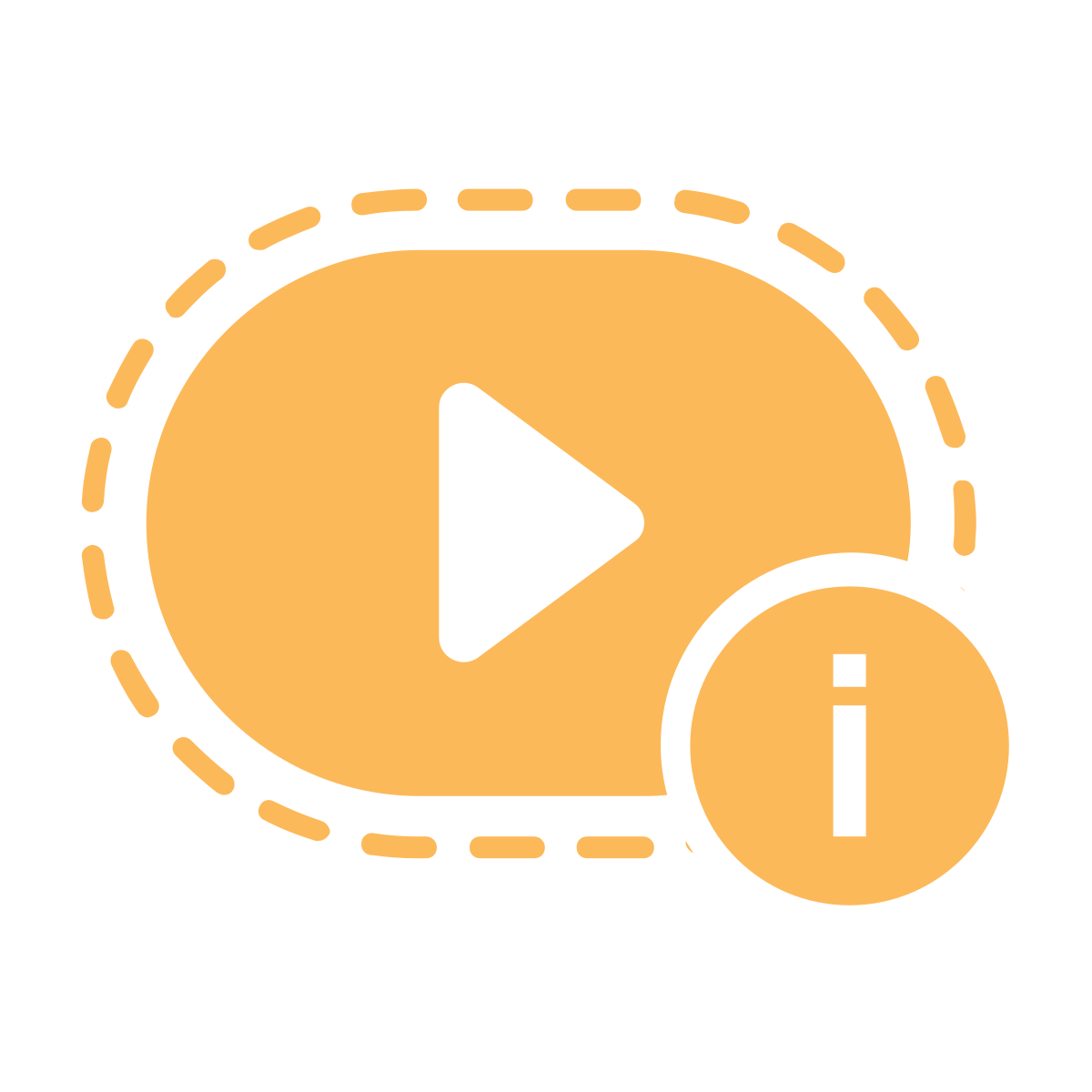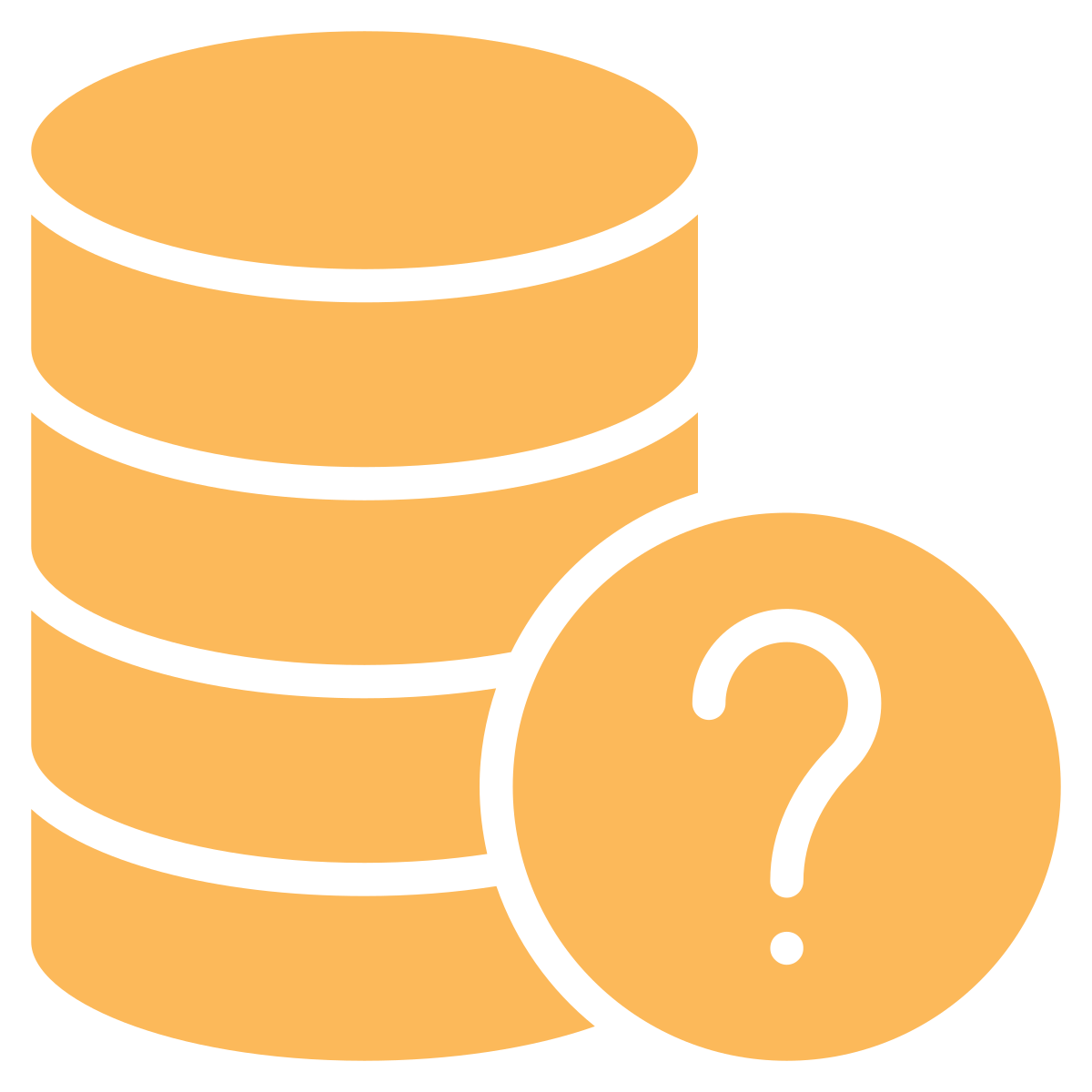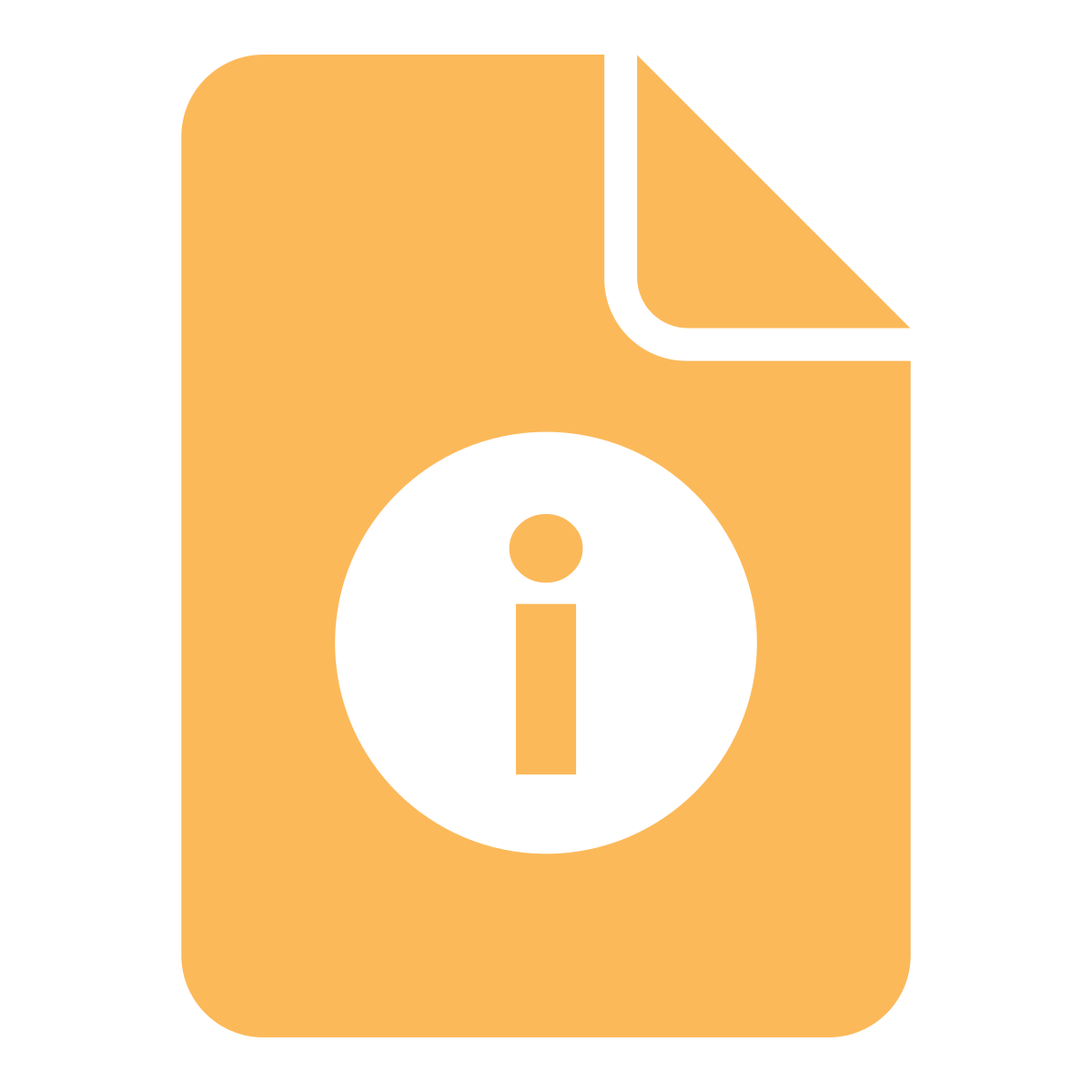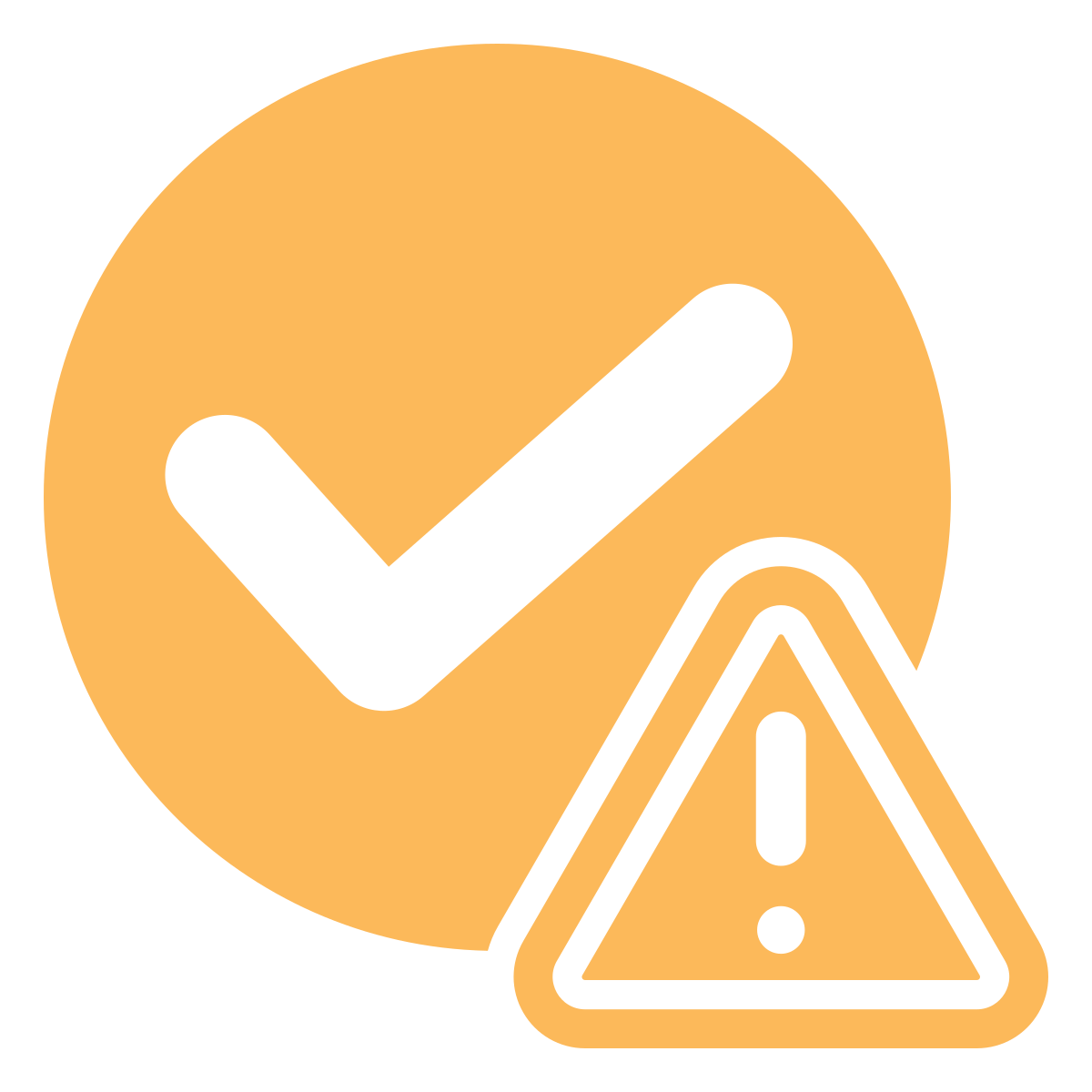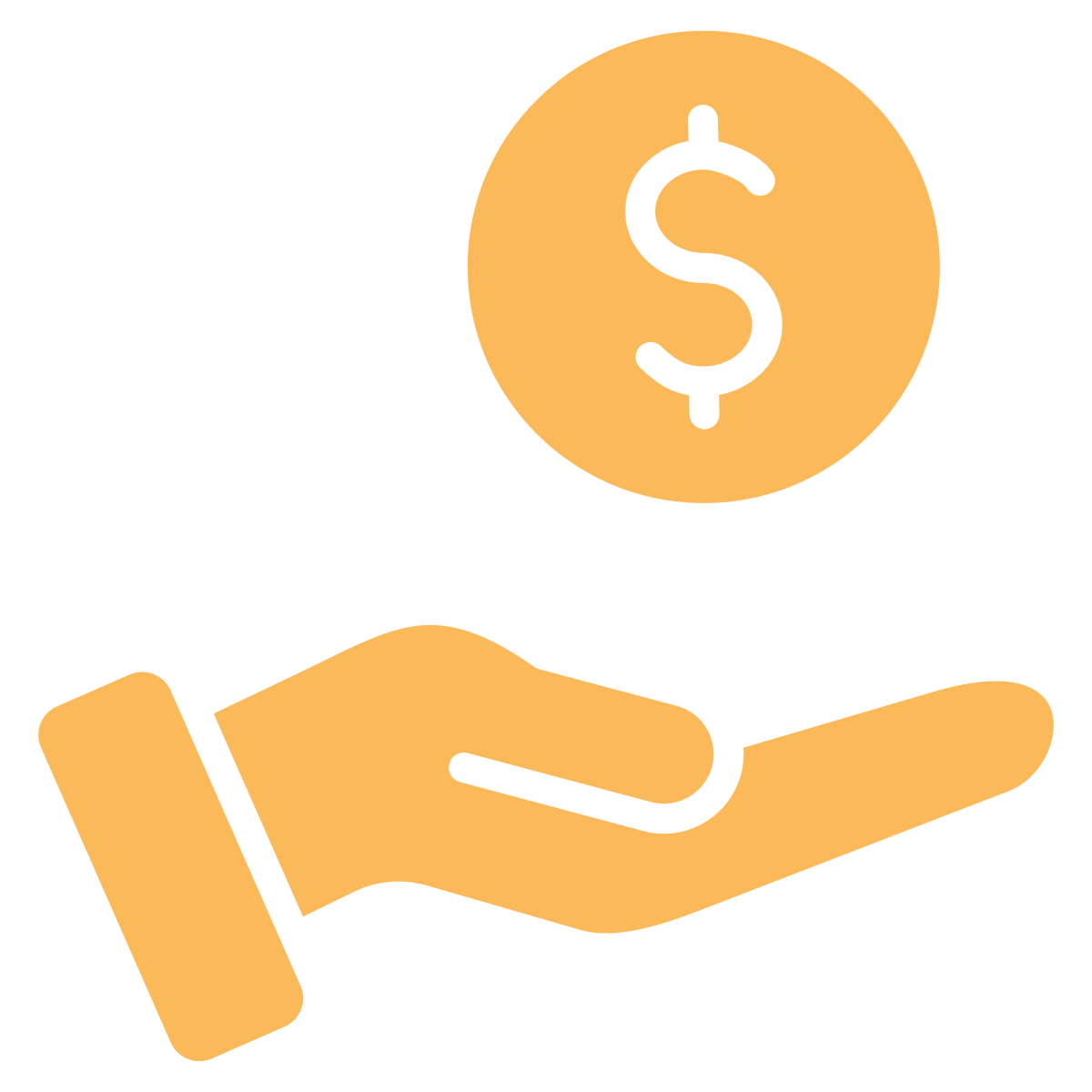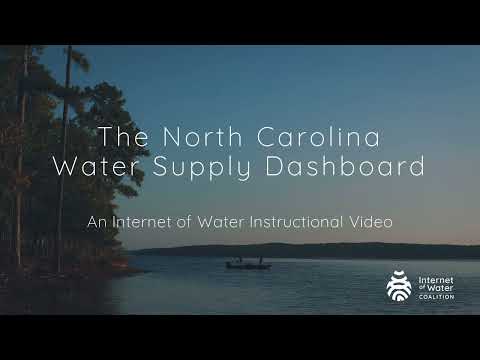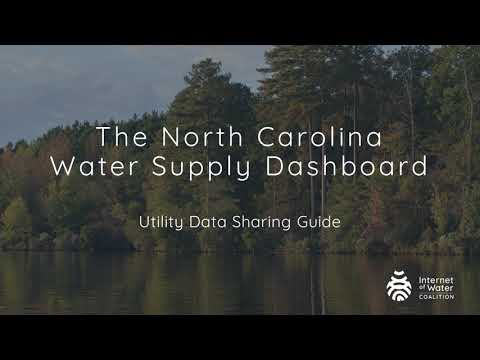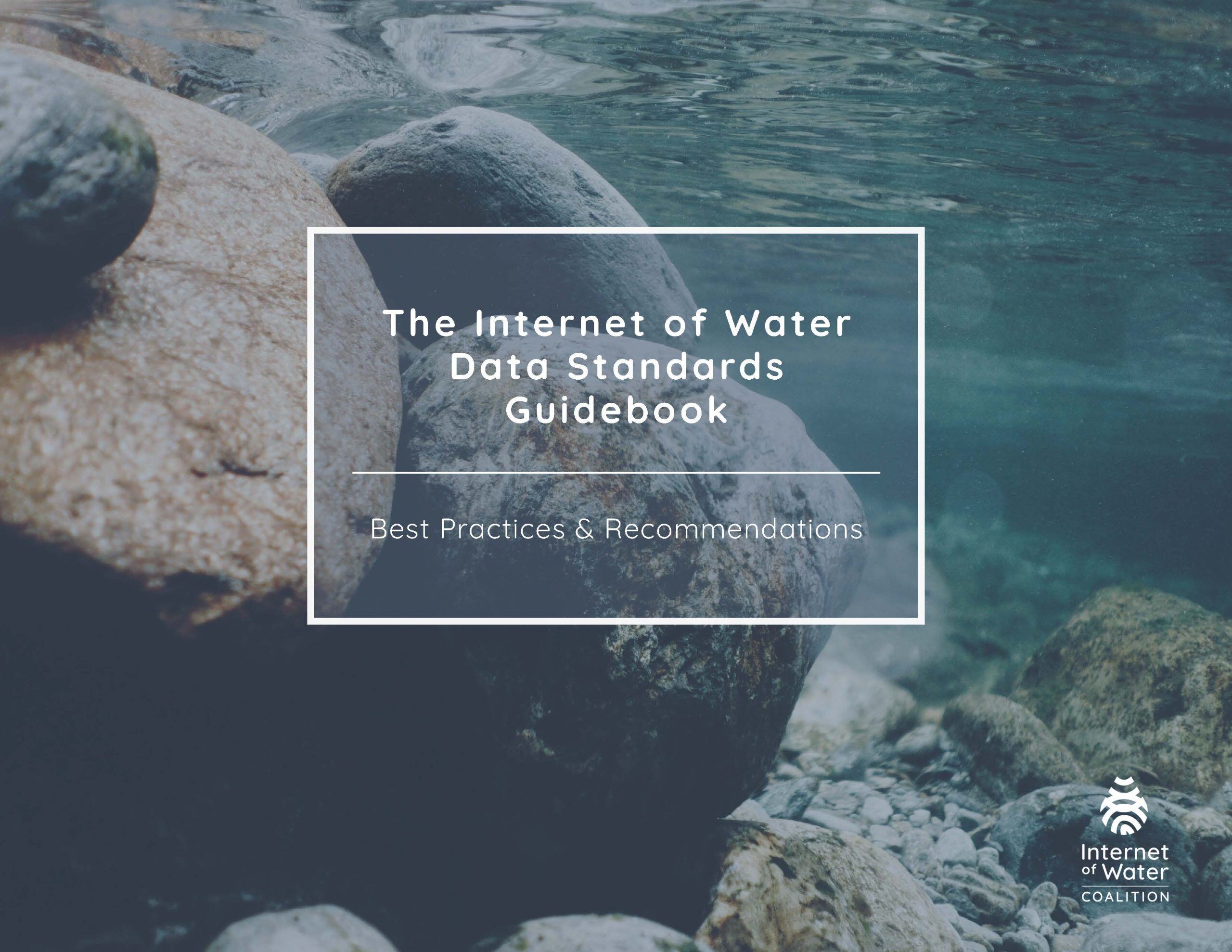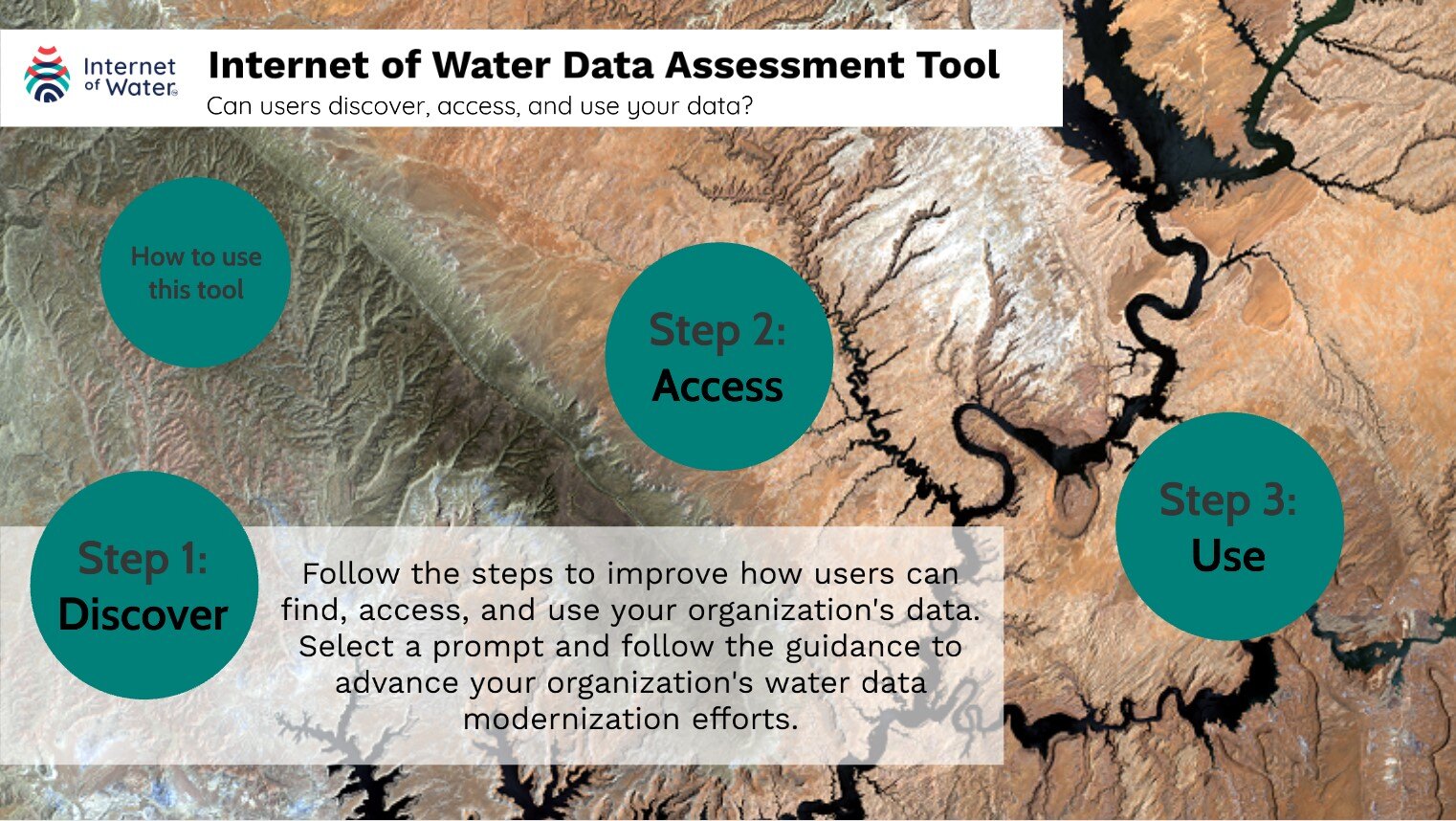Frequently Asked Questions
What are FAIR data practices?
FAIR data is data that are findable, accessible, interoperable, and reusable.
The Future of Research Communication and e-Scholarship (FORCE11) are working towards facilitating knowledge creation and sharing. FORCE11 convened a 2014 workshop in the Netherlands that found that all research objects should be Findable, Accessible, Interoperable, and Reusable (FAIR). For more information: Wilkinson, et al. 2016. The FAIR Guiding Principles for scientific data management and stewardship
Why are data standards important?
What is metadata and why is it important?
What are cloud services and are they safe?
Guidance Documents
Data 101: A guidebook for water data users and decision-makers
To improve our nation’s water data infrastructure we must first address the knowledge gap that exists between traditional and modern data management practices. This guidebook provides foundational knowledge about water data infrastructure in clear and non-technical language.
The Internet of Water Data Standard Guidebook
This guidebook provides best practices and recommendations for water data standardization, focusing on enhancing data interoperability through linked data, categorizing water-related data, and recommending elements for various water data types to support effective water resource management.
Policy Resources
The process to modernize water data infrastructure is already underway at the federal level and in some states. Innovative policy and supportive legislation can help ensure agencies have the motivation and resources they need to make water data as easy to use as possible.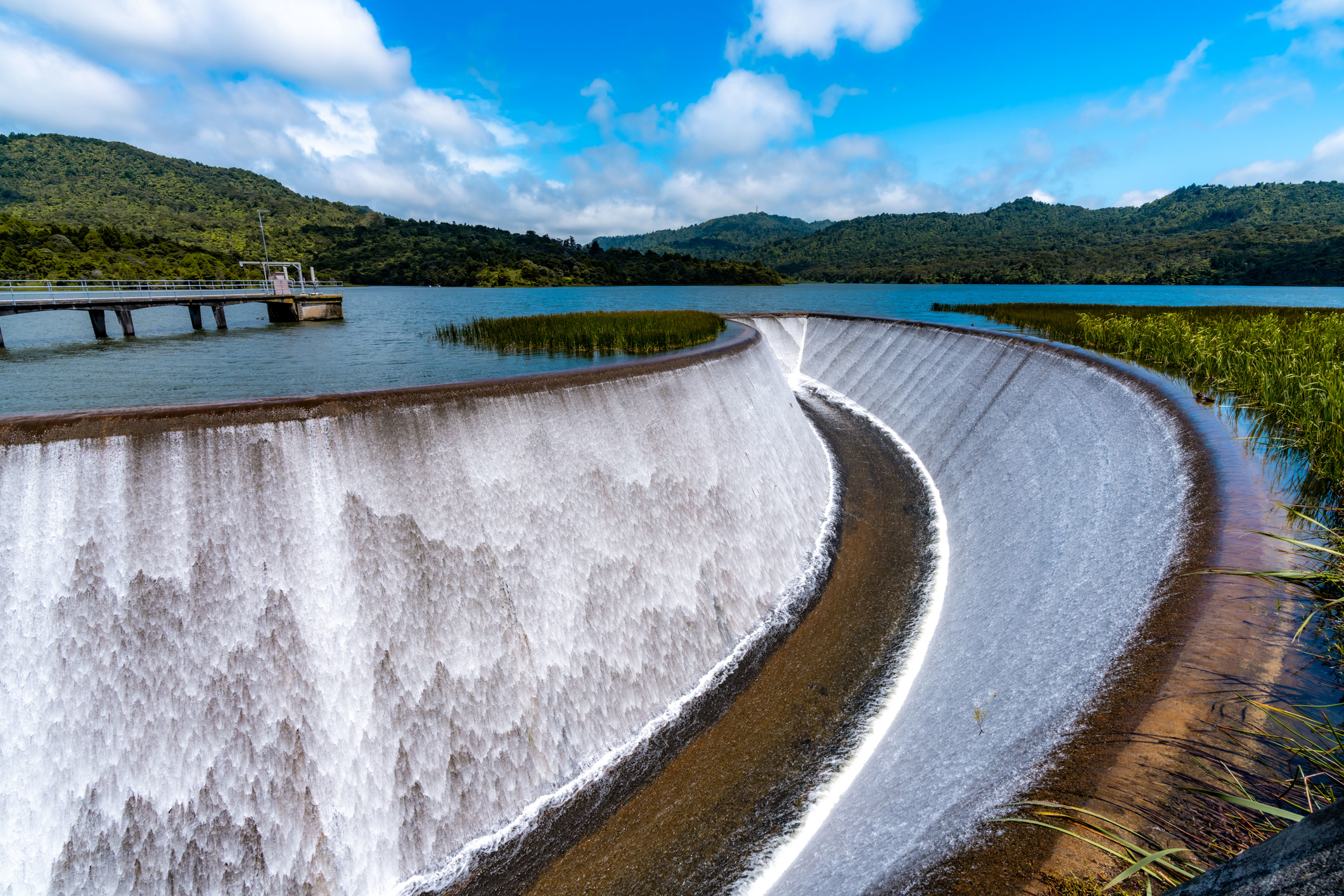
Valuing Data
The value of water data has not been well documented, quantified, or communicated. We need to invest in our data infrastructure to make data more discoverable, accessible, and usable to inform real-time decisions.
Data, Information, and knowledge represent different stages of value creation
This series of articles explores why data are difficult to value in economic, and other terms
This series of articles describe different methods to value data economically
Internet of Water Principles help make public data easier to find, access, and use
Modernizing Your Water Data Infrastructure
Recommendations for public agencies that are modernizing their water data infrastructure and a technology adoption roadmap.
A guide to various types of agreements between federal and state agencies and data organizations. Use this text to navigate the agreement development process.
A guide to help data producers evaluate their efforts to promote water data modernization through pilot projects, data hubs, and use cases. Use this text to create frameworks for evaluation and develop assessment metrics.
Are you interested in modernizing your water data infrastructure? Check out our Technology Adoption Program (TAP) to learn more about how to get started!
Data Infrastructure Assessment Tool
Water Data Assessment Tool
The Water Data Assessment Tool helps data producers improve their water data infrastructure through best practices to improve their data’s discoverability, accessiblity, and usability. To use this tool, select “Present” in the window and follow the steps to determine (1) where your organization fits on the spectrum of discoverability, accessbility, and usability, and (2) how you might improve your organization’s water data infrastructure.
Funding Opportunities
A searchable online database and pdf table of 30 federal and philanthropic opportunities for water data hubs and producers.
